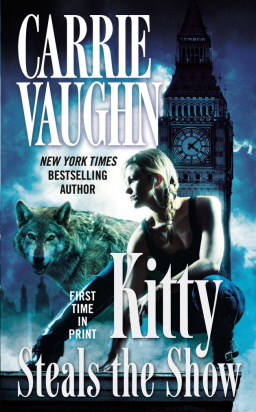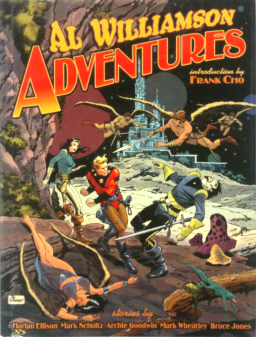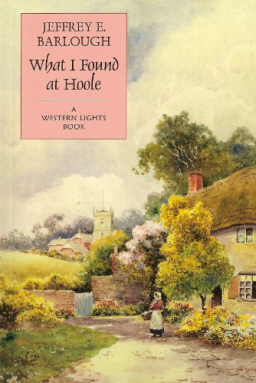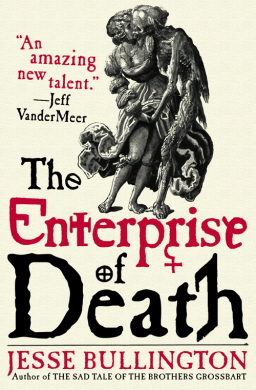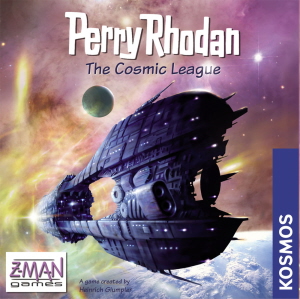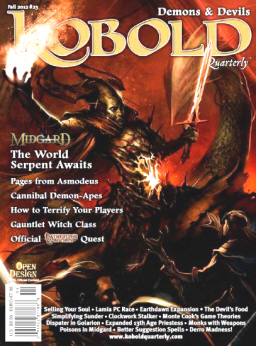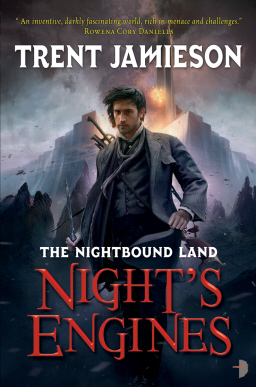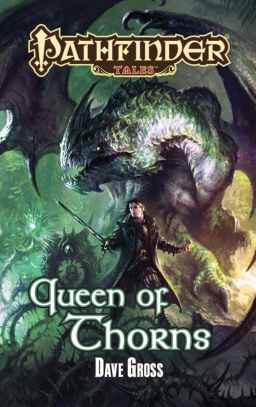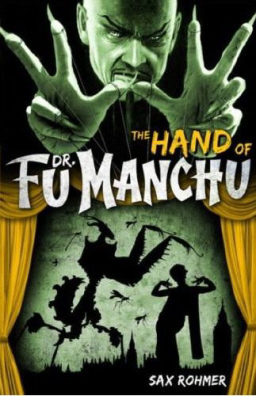An Intro to Warhammer 40K: Explore the Horrors of the Jericho Reach in Deathwatch: The Achilus Assault
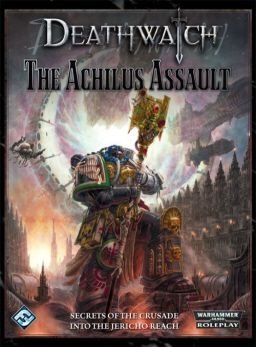 I’ve mentioned a few times now that the modern game that has most captured my interest is Fantasy Flight’s Rogue Trader, set in the darkly fascinating Warhammer 40,000 universe.
I’ve mentioned a few times now that the modern game that has most captured my interest is Fantasy Flight’s Rogue Trader, set in the darkly fascinating Warhammer 40,000 universe.
Let’s back up a bit, because that was probably confusing. What is Warhammer 40,000? Back in 1983, British game company Games Workshop released Warhammer, a tabletop miniatures game which allowed fantasy fans to simulate massive battles between orcs, elves, humans, and the forces of Chaos using thousands of hand-painted lead miniatures.
The game was a major success, and in 1987 wargaming designer Rick Priestley asked the fateful question: “Hey lads — what would happen if we gave orcs space suits?”
Thus was born Warhammer 40,000, a tabletop miniatures game which allowed fantasy fans to simulate massive battles between orks, elves, humans, and the forces of Chaos — in space. And yes, it’s exactly as cool as it sounds.
Of course, a concept as powerful as Orks in Space couldn’t be contained in one genre for long. The tabletop game is currently in its sixth edition, and by 1999 Games Workshop was publishing Warhammer 40K novels and comics through its Black Library imprint. Over the last dozen years, it has produced well over 200 titles, including The New York Times bestselling Horus Heresy series.
The novels have vastly expanded the far-future setting of Warhammer 40,000, filling in the back story of the all-powerful Emperor of Mankind, who sits on his throne on Earth while his Space Marines sweep across the vast reaches of the galaxy, reclaiming the far-flung worlds of man lost in the dark millennia since the treasonous forces of Chaos brought an end to the Golden Age of Mankind. The loyal Marines — and the Rogue Traders who follow closely behind, powerful merchant princes of the stars — come face to face with strange mutant offshoots of humanity, ancient and sinister alien Xenos, gene-stealing Tyranids, and whole civilizations fallen to the corruption of Chaos.
And of course, space Orks.
